To wallpaper around windows, start by measuring the wall and cutting the wallpaper to fit, allowing extra for trimming. Clean and prime the wall, and mark guidelines with a plumb line. Apply the wallpaper, smooth it out, and let it overlap with the window’s edges. Make diagonal cuts at the corners and adhere the flaps to the window's sides, trimming any excess with a sharp knife. Use high-quality adhesive and be precise with placement to ensure a seamless look. Remove any residual adhesive immediately.

Wallpaper, a decorative material sold in rolls, is used to adorn the interior walls of various buildings and is adhered with wallpaper paste. It can serve as plain lining paper to prime walls for painting or to mask imperfections, offering a refined surface. Wallpaper may be textured, like Anaglypta, bear regular repeating patterns, or, more rarely, portray a unique design spanned across multiple sheets. The smallest tiling rectangle to complete the pattern is termed the pattern repeat. However, the application can become intricate around windows due to the presence of sills, overhangs, and reveals, requiring precision and care to ensure a seamless finish.
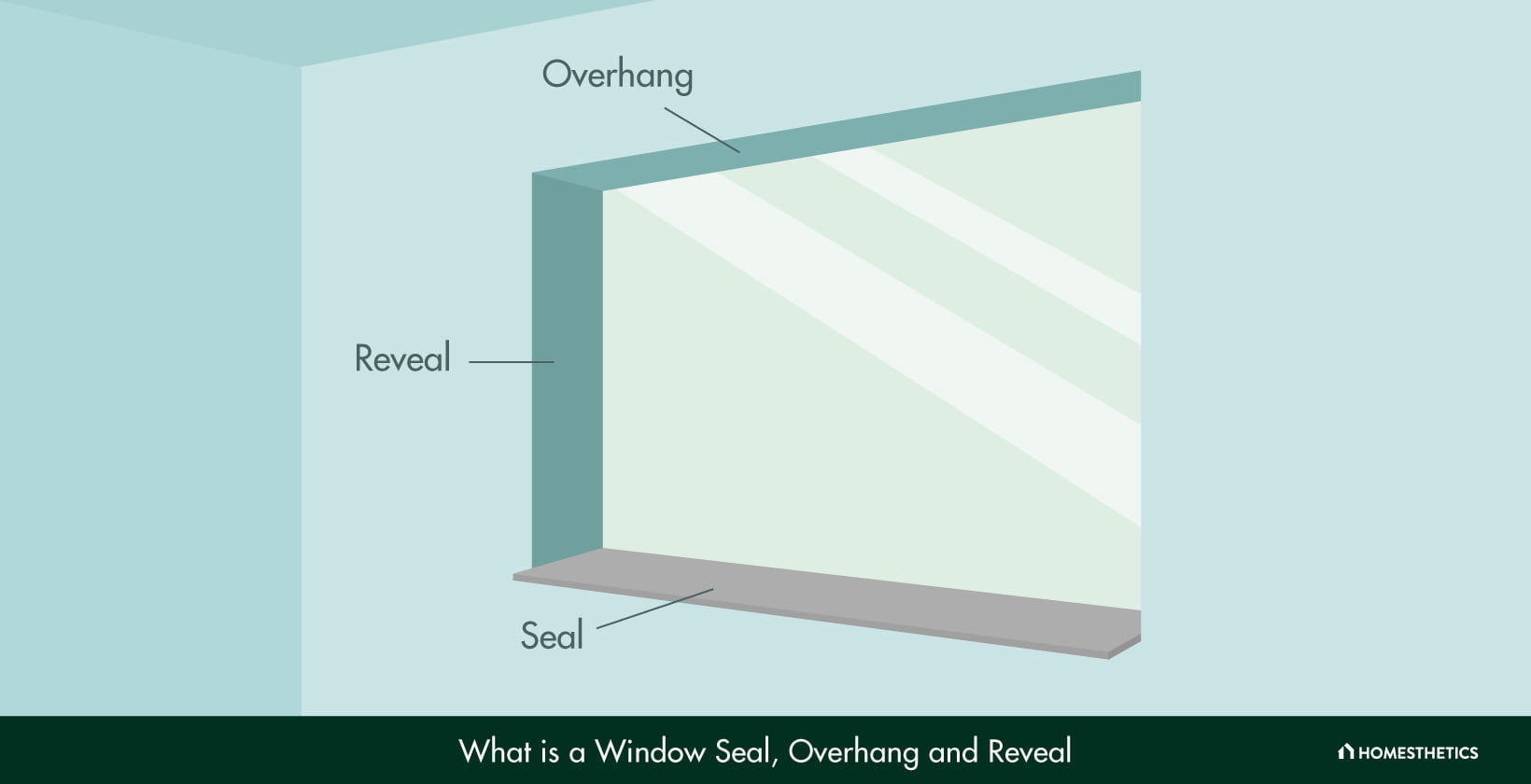
What is a Window Sill?
A window sill is the horizontal base of a window frame, integral to the window structure, projecting outward from the wall at the bottom of the window, often serving to hold objects and protect the building fabric from water penetration, thereby playing a crucial role in water management and structural integrity.
What is a Window Overhang?
A window overhang, an architectural element found inside or outside a window, serves dual purposes. Externally, it shields and diverts rain, protecting the structure. Internally, it blends utility and aesthetics, concealing fixtures or hosting lights, adding an artistic flair to functionality.
What is a Window Reveal?
A window reveal is a structural element, it's the side of the window aperture, a surface between the outer wall surface and the window frame, highlighting the thickness of the wall. It plays a crucial role in the aesthetic finish of the window, providing depth and shadow, and enhancing architectural detailing, and it often interacts with light to create varying visual effects, subtly merging functionality and visual appeal.
How to Hang Wallpaper Around Windows
Recessed Window
1. Position the wallpaper length above the window, allowing an overhang into the window recess. Affix and smooth it several inches above the window recess top.
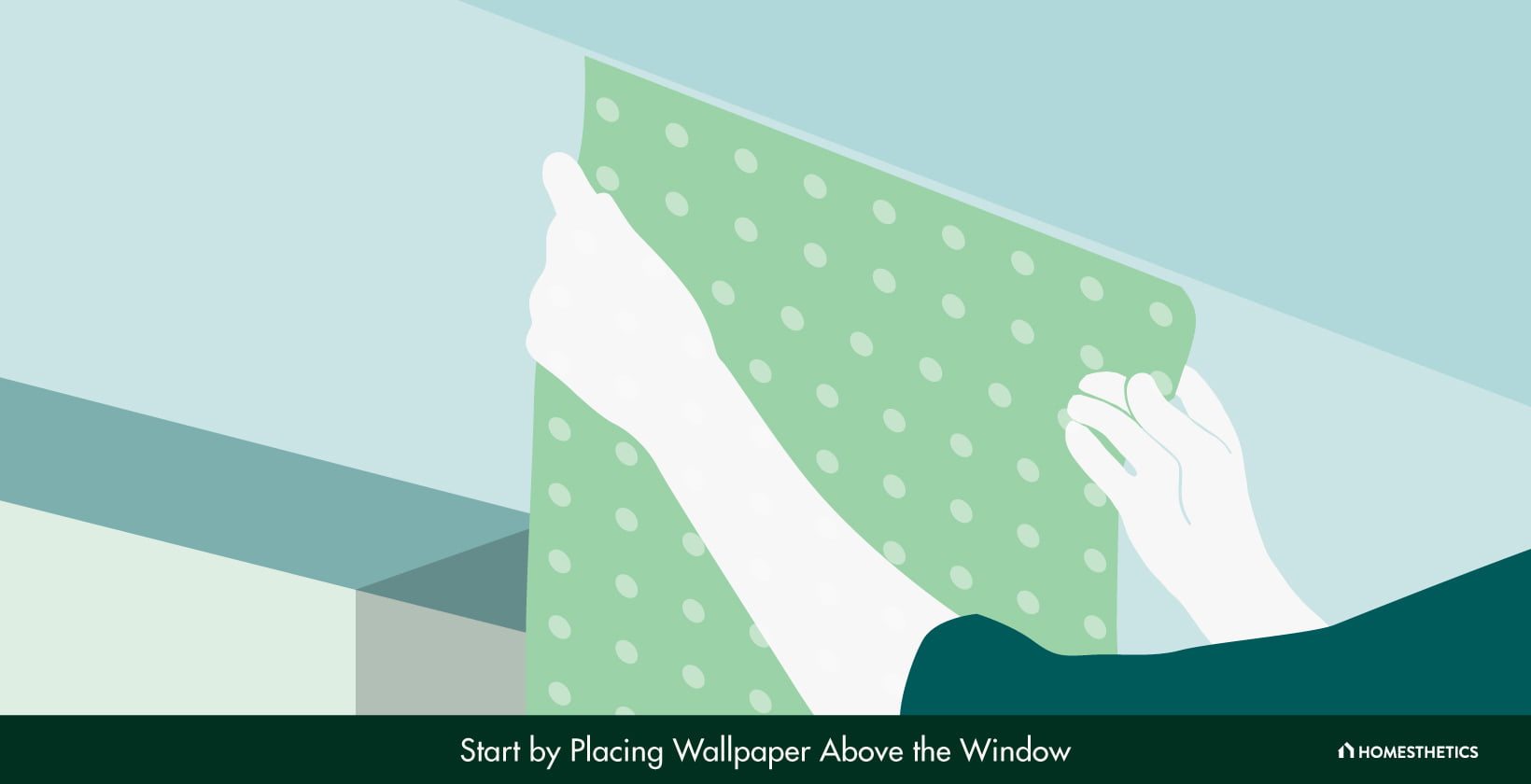
2. Execute a horizontal cut above the window reveal's edge.

3. Make a corresponding cut below the window sill, folding the paper to conceal the reveal’s side.
4. Use a smoothing tool or brush to adhere and smooth the paper onto the reveal.
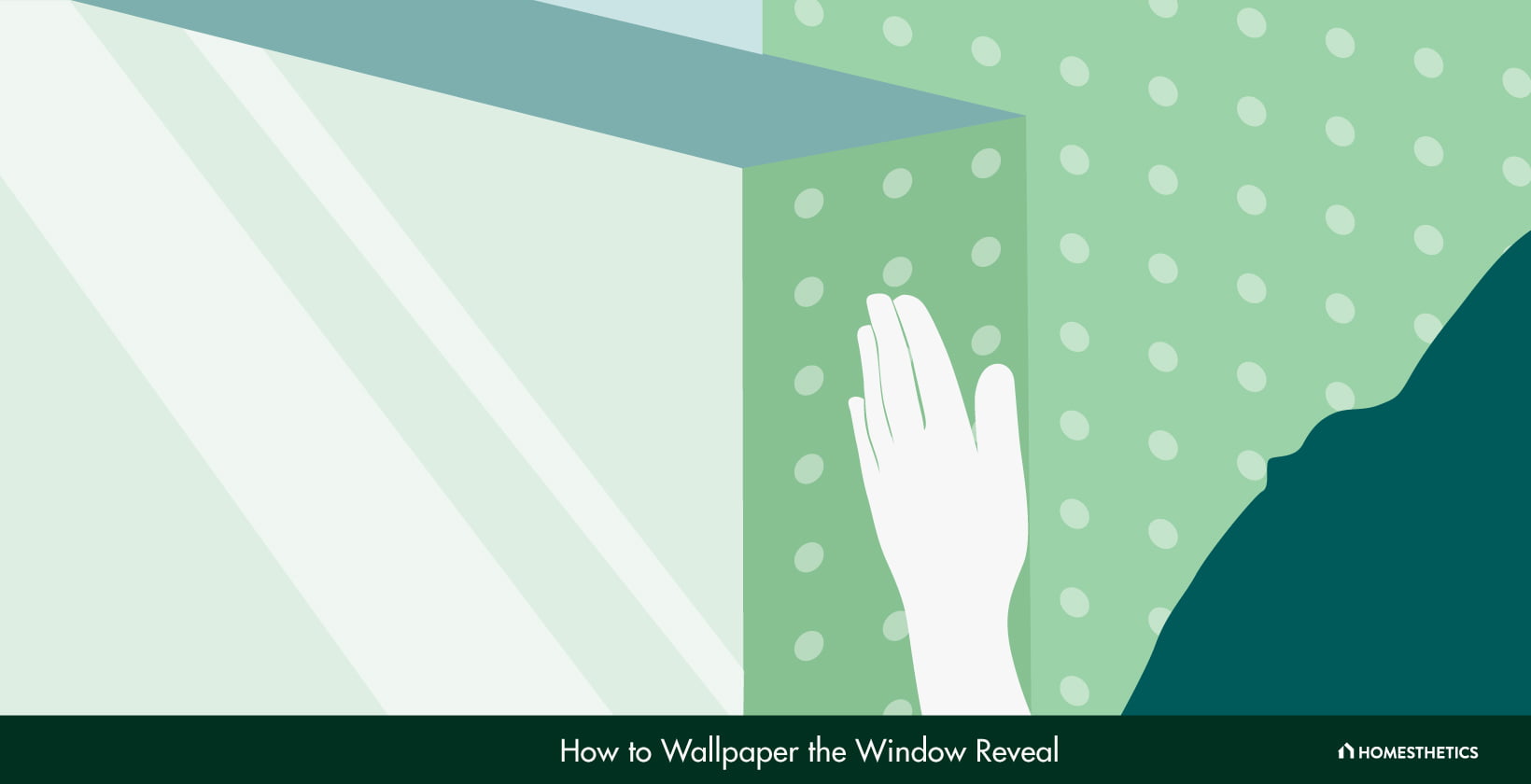
5. Utilize a utility knife and a guide to eliminate excess paper.
6. Measure, cut, and attach the subsequent wallpaper piece to address the overhang and above wall. Install another strip for the wall below the window.
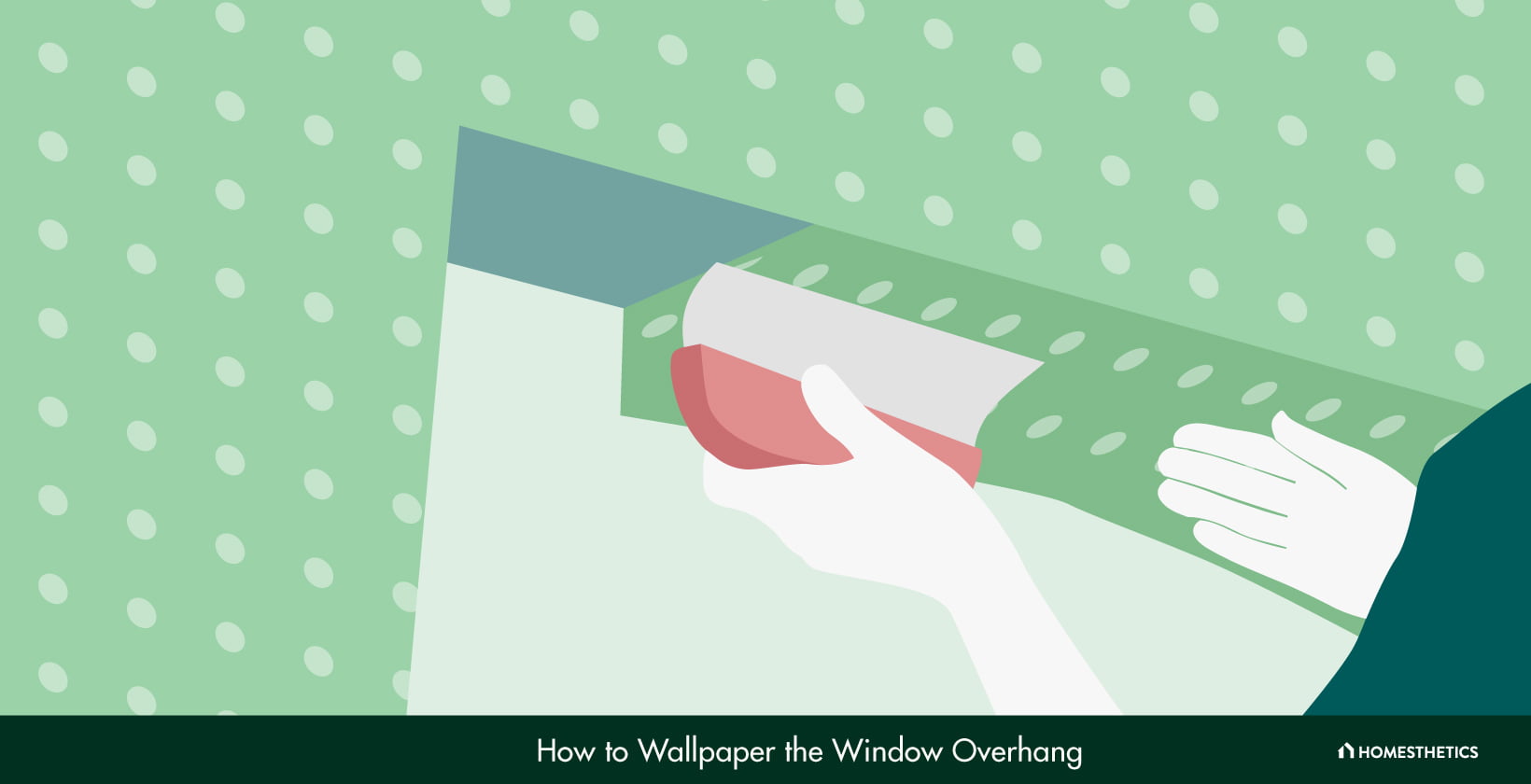
7. On the window's opposite side, adapt the wallpaper around the other reveal, replicating procedures in steps 1-5.
8. For the unpapered upper corners of the window overhang, measure, cut, and align an 'off cut' piece with an extra 20mm at each end, ensuring pattern continuity.
9. Secure and streamline the paper above the window recess, overlapping existing paper, and ensuring pattern alignment. Execute a double cut, remove the underlying layer, fix the new strip, and fold it onto the overhang, trimming the excess.
10. Repeat for any other areas of overhang needing wallpaper, ensuring precise application and trimming around the window areas.
Wallpapering Around a Flush Window
Wallpapering around a flush window is notably a less complex procedure. This guide will walk you through the streamlined process:
1. Position your wallpaper strategically above the window, smoothing and securing it to the wall, ceasing just above the window frame.
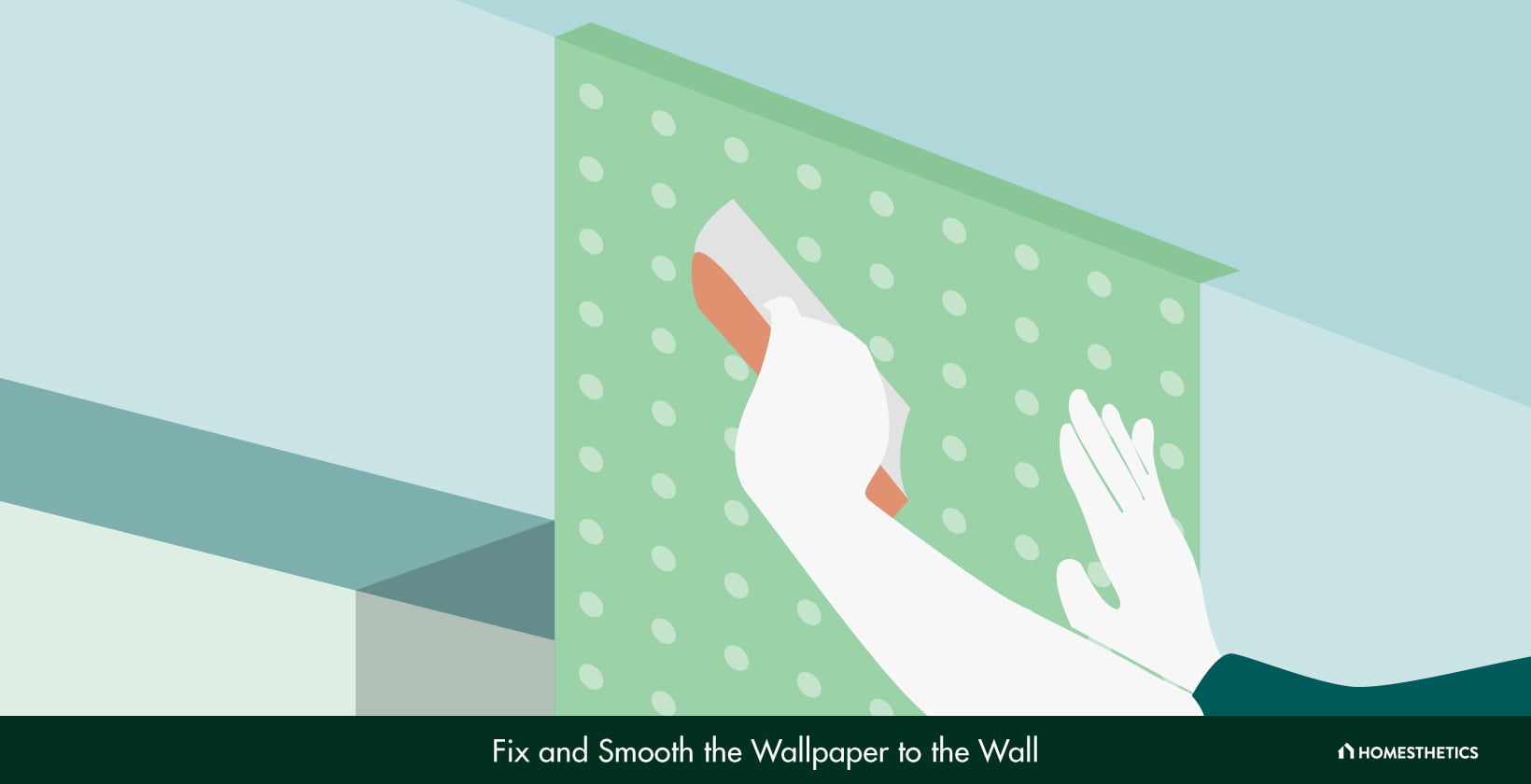
2. Remove the majority of the surplus paper in front of the window, retaining 1-2 inches of wallpaper protruding over the frames at the top, bottom, and side of the window.
3. Align the wallpaper onto the frame and employ your finger to discern the outer corner of the frame.
4. Implement a 45° angled cut into this corner, facilitating the accommodation of the paper around the external edges of the frame.
5. Affix the paper firmly to the wall, nesting it where the frame and wall converge, using a smoothing brush or a plastic smoother.
6. Trim the peripheral wallpaper around the frame utilizing a wallpaper edge trimmer and a utility knife or alternatively, score the wallpaper in the intersection of the frame and wall with scissors, peel back, and discard the excess.
7. Adjust the edges of the wallpaper back into their designated positions.
8. Progress on all sides until the wallpaper application around the window is impeccably accomplished.
Types of Wallpaper
Vinyl wallpapers, known for durability, are a top pick for kitchens and bathrooms, including variants like enduring solid vinyl and appealing vinyl-coated. Non-woven wallpapers are acclaimed for breathability and eco-friendliness, ideal for living areas and bedrooms due to their mold resistance and easy removal. Textile wallpapers imbue luxury with their fabric finish in low-traffic, dry areas, and traditional paper wallpapers, diverse and affordable, excel in environments with minimal moisture.
Diversity in wallpaper types extends to flocked wallpapers, offering velvety elegance; foil wallpapers, reflecting modern metallic brilliance; and bamboo wallpapers, infusing spaces with natural, sustainable charm. To further broaden the selection, there are also grasscloth wallpapers for those seeking a textured, organic appeal, and mural wallpapers that turn walls into visual narratives, each contributing to the expansive and varied world of wallpaper types, catering to a myriad of aesthetic and functional preferences.
Concluding, the variety in wallpaper types is extensive, each offering a unique blend of aesthetic and functional benefits, whether it’s for a bathroom, kitchen, or a cozy living room. So, what type of unique wallpaper are you considering? Whether your windows are recessed or flush, which wallpaper will you choose to breathe new life into your spaces today? We’d love to hear about your selections and experiences!
